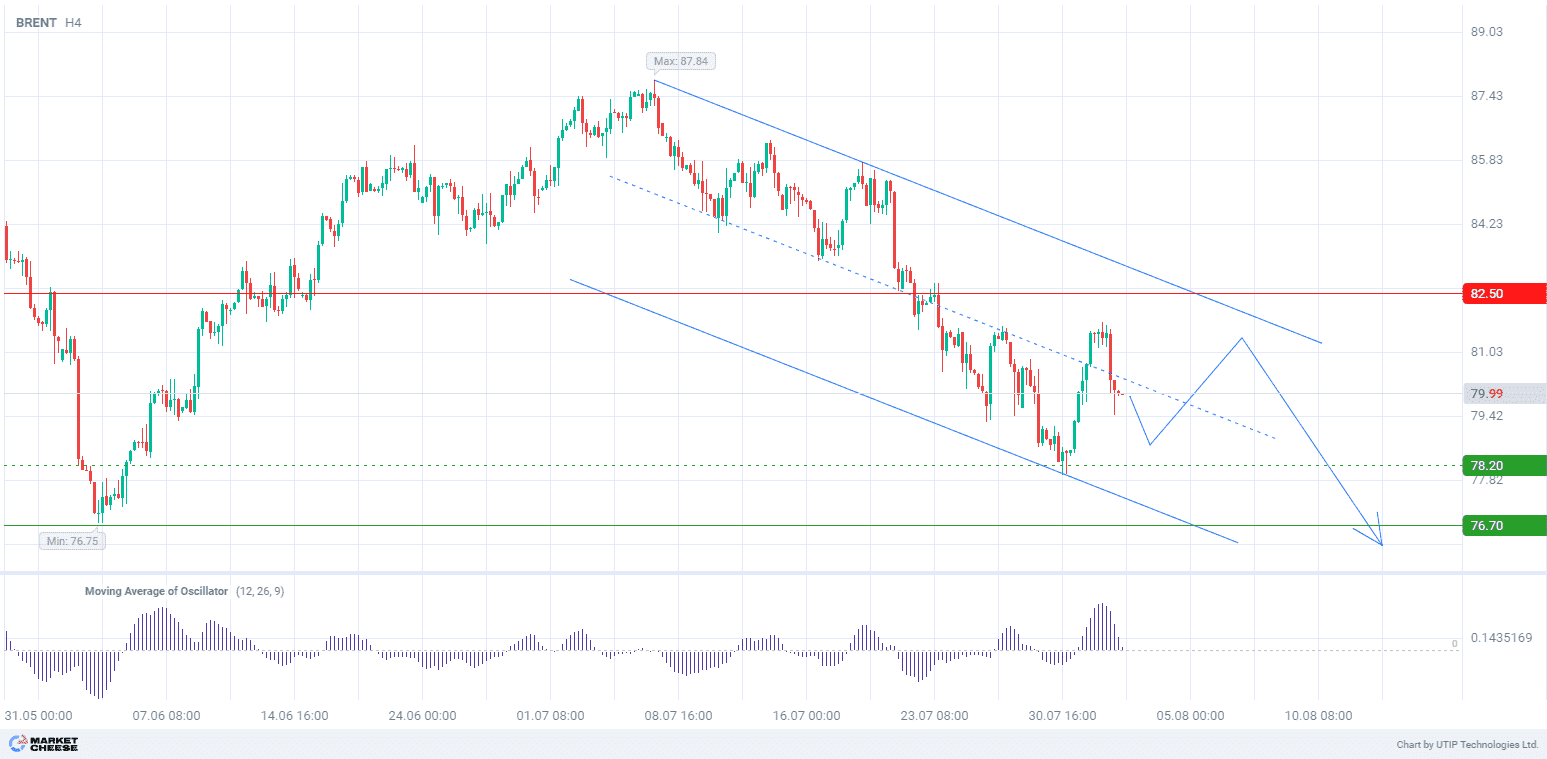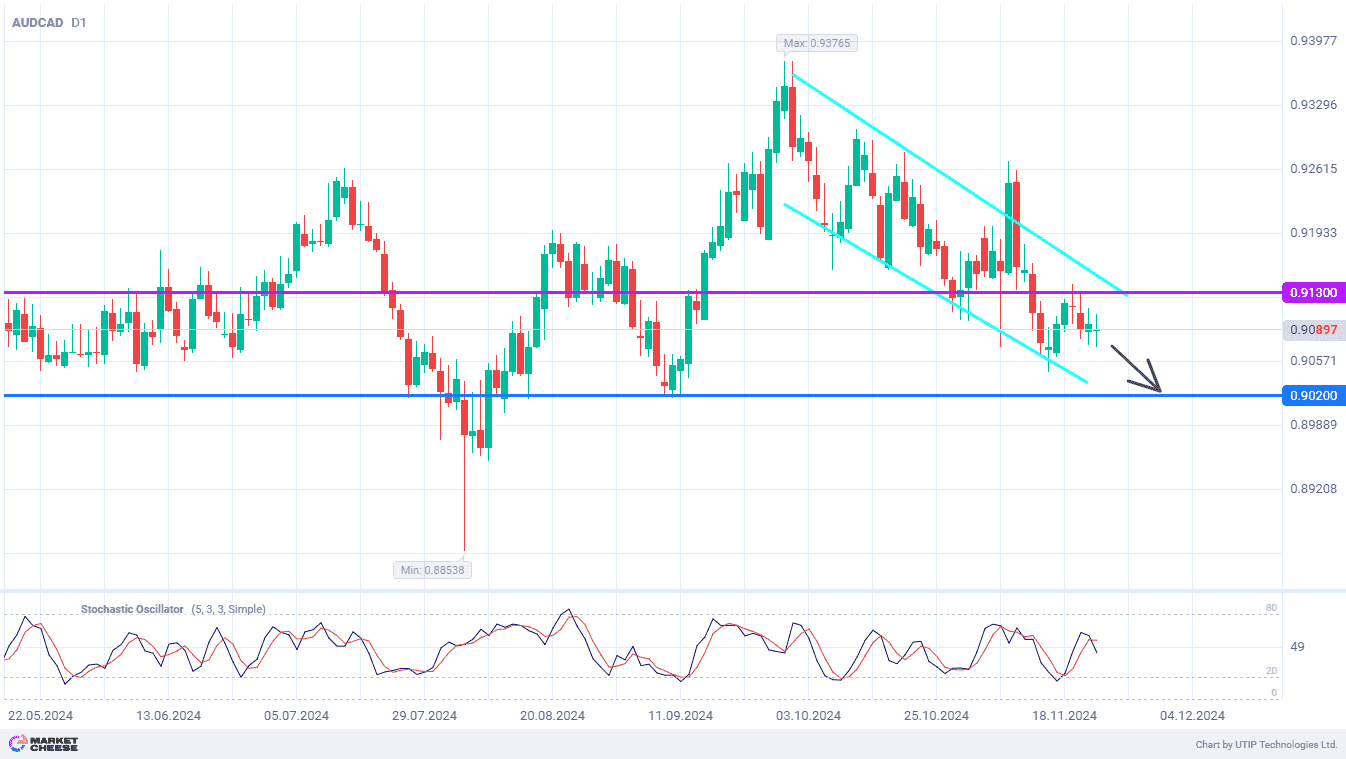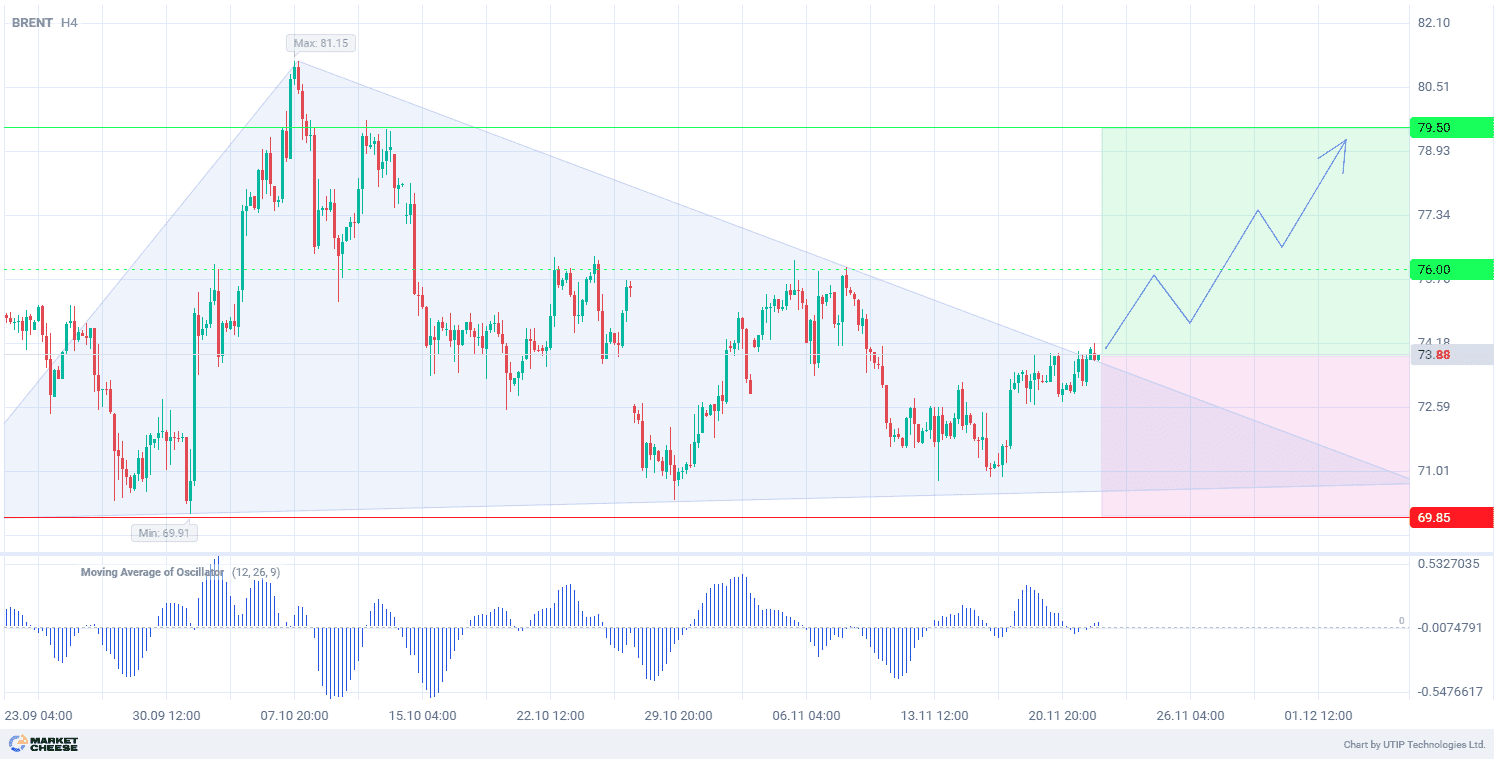Brent oil prices rose 0.5% on Friday, but still suffered losses on a weekly basis. This was due to weak global fuel demand growth outweighing fears of supply disruptions in the Middle East.
On a weekly basis, Brent prices fell 1.7%. Oil is set for its longest streak of weekly declines since December, as concerns linger about consumption in China, the top oil importer. Meanwhile, OPEC+ is set to increase production in the next quarter. It was confirmed at the organization’s latest monitoring meeting on Thursday.
Despite these factors, the oil prices are still showing a moderate increase this year. The market is supported by expectations that monetary easing in the US will boost consumption. On Wednesday, Federal Reserve (Fed) Chair Jerome Powell stated that the first interest rate cut could come as soon as September.
Meanwhile, the surveys on Thursday showed weaker manufacturing activity last month across the United States, Europe and Asia. This has raised the risk of an underpowered global economic recovery. It could have a negative impact on oil consumption in the future.
Technical characteristics of Brent oil prices show the formation of a broad downtrend on the H4 timeframe. The price, correcting in the middle of the channel, shows signs of decline. The Moving Average of the Oscillator (with parameters 12, 26, 9) is approaching the zero level, indicating the potential fall of the price when it enters the negative zone.
Short-term prospects for the Brent oil price suggest selling, with the target at the level of 76.60. Part of the profit should be taken near the level of 78.20. A Stop loss could be placed at the level of 82.50.
Since the bearish trend is short-term, the trading volume should not exceed 2% of your total balance to reduce risks.










